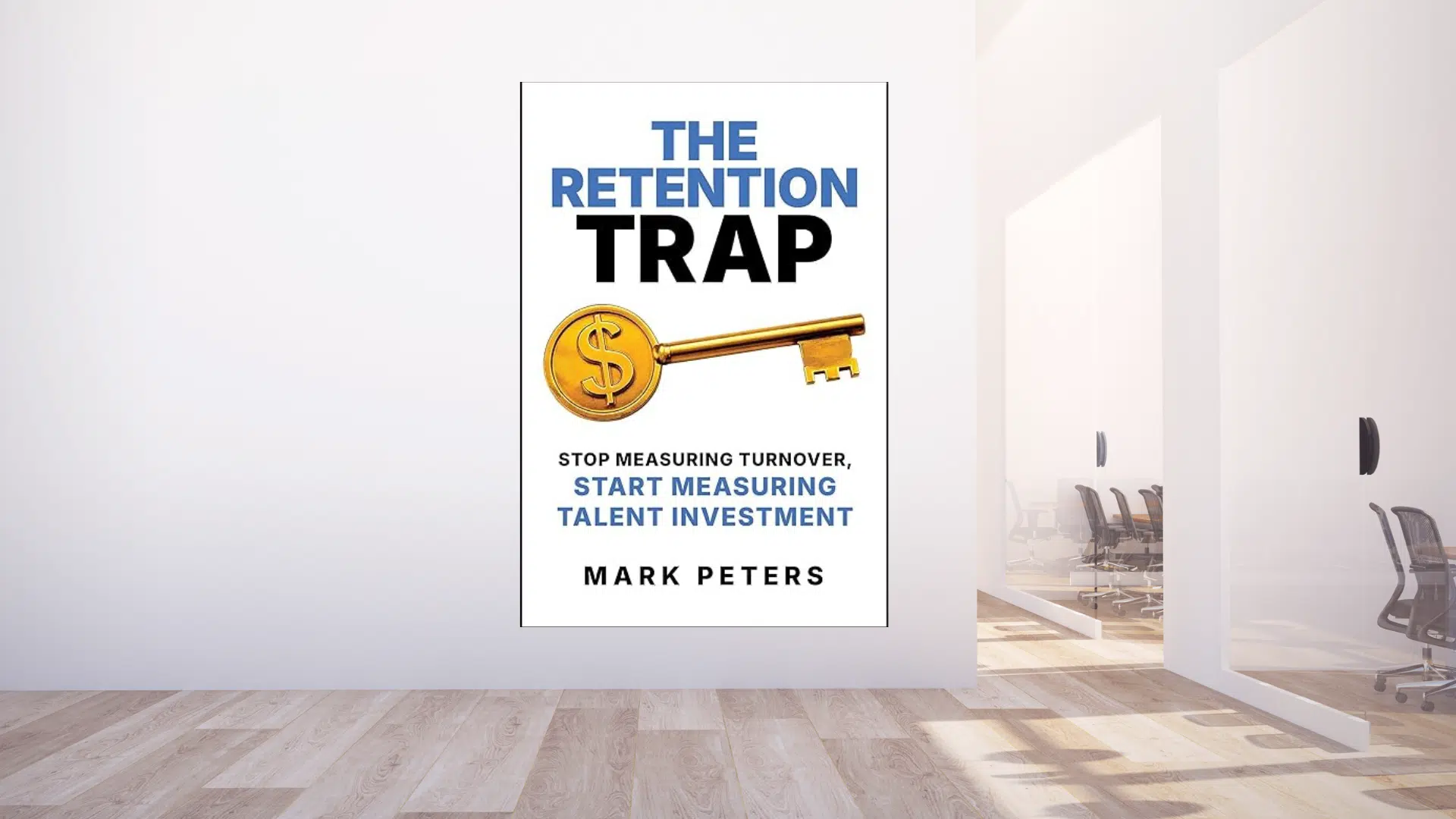
Purpose in Employee Engagement and Bottom-Line Success
Employers have historically focused on profits, believing that the secret to success lies in maintaining healthy P&L statements rather than investing in what motivates and inspires their people. But there are few things that can impact your bottom line more than instilling a sense of purpose into your organization and actively engaging your employees.
Tomorrow’s workers crave a deeper connection with their employer and its purpose. Seventy-four percent of Gen Z workers rank purpose at work as more important than a paycheck. Employees aren’t just looking for a company to work for; they are looking for one they can find meaning in and contribute value to.
Employers should take note. Gallup reported this year that the percentage of engaged U.S. employees has sunk to a 10-year low, dropping from an already concerning 33% in 2023 to 31% in 2024. Each percentage point gain or drop represents 1.6 million full or part-time employees, and declines since 2020 reflect about 8 million fewer engaged employees in the U.S. Global employee engagement also fell following several years of steady gains.
This means that only approximately three in 10 employees in the U.S. are actively engaged in helping their organization accomplish its goals and objectives. In fact, 17% of employees are actively disengaged, working against the accomplishment of the goals and the mission of their organization.
Companies can foster purpose by identifying why they serve their customers and by treating their employees with dignity and respect. They also treat their suppliers as partners and promote fair competition with zero tolerance for corruption.
Purpose as the Foundation of Your Culture
An organization’s core purpose is typically articulated in two statements: its mission statement and vision statement. A mission statement describes why a company exists, the impact it makes on the world, and the value it creates. It is the company’s reason for being.
A mission statement should describe how the company’s core purpose is experienced by its employees, customers, and stakeholders. It’s not enough to hang this statement on the wall or publish it on your homepage. It’s important to get specific and ask your leaders:
- How is our product experienced?
- How is it practiced?
- What difference do you make to customers and stakeholders?
Everyone in the organization should have this clarity and be prompted to reflect on the impact they make.
The vision statement is aspirational and describes what a company seeks to be, providing a sense of direction for its long-term goals and impact. It explains what success looks like to inspire employees and stakeholders.
Bringing Purpose to Life
Once articulated, organizational purpose must be brought to life by company leaders for it to influence employee engagement. Brian Tarallo, organizational facilitator and founder of Lizard Brain says, “Mission and vision statements are often interchangeable.” He recommends not forming these statements by committee but by selecting a few key leaders who are excellent writers and intimately understand the company to craft this statement. Then, ask your leaders how they can apply this statement in their work. This allows them to reflect on it and model adoption for their teams.
Furthermore, a company does not need to produce a product that has a clear social impact to motivate its employees to buy into its purpose. Ken Garner, executive coach and prior Vice President of the Association for Print Technologies, says the most important thing to focus on is to ensure your employees connect not only to what you do, but also to why you do it.
Outdoor supplier Patagonia is a good example of a company that extends its purpose beyond its people, balancing profitability with environmental and social responsibility. The retailer prides itself on being a good steward of the environment while also meeting its customers’ outdoor supply needs.
If a company’s organizational purpose is not as obvious as it is with Patagonia’s, leadership must work to articulate their purpose when producing and providing products and services to society. There are many avenues to purpose regardless of the product you’re offering. Employers are making important connections every day that support people and help communities thrive.
For example, if your company sells plastic straws, emphasize that your purpose is to support the businesses that purchase from you and the communities that benefit from them. Ensuring your employees know your “why” is paramount. If you produce paper straws, take pride in your product not harming wildlife, and make that part of your company’s purpose.
Purpose Breeds Engagement
When you recruit employees who align with your values and appreciate your purpose, they are motivated by your vision and their engagement increases, contributing to the company’s success, says Garner.
In reality, some companies struggle to define their purpose in meaningful ways. If you find purpose to be lacking in your organization, it might be worth looking into potential leadership misalignment and/or cultural resistance and then bringing your teams together to understand how they apply that purpose in their everyday work.
“We need a new playbook for leaders to follow,” says Garner. Although most people think purpose is synonymous with destiny, in reality, purpose is not something that we find—it’s something we intentionally create and craft. Purpose can be fostered in any organization as the foundation of a healthy company culture.
Connecting employees to the why of what they do can significantly fight burnout by promoting employee engagement. Employees want to know that they are doing something worthwhile. Going beyond the numbers and articulating a company’s purpose can have a huge impact on morale.
Every organization needs to make money, but employees are craving to work for an organization that creates more than just a valuable product. They want to bring something valuable to the world because when they do, they feel a sense of belonging and inclusion.
An organization’s values and principles shouldn’t change based on public perception. Organizations must walk the talk. When your leaders practice their mission and values, connecting them to internal projects and their daily interactions within their teams, purpose is woven into the fabric of your culture.
—
The information contained in this site is provided for informational purposes only, and should not be construed as legal advice on any subject matter.

Advice in Your Inbox
Join our newsletter for free bi-monthly toolkits and downloads on how to hire, support, and retain your best talent.







